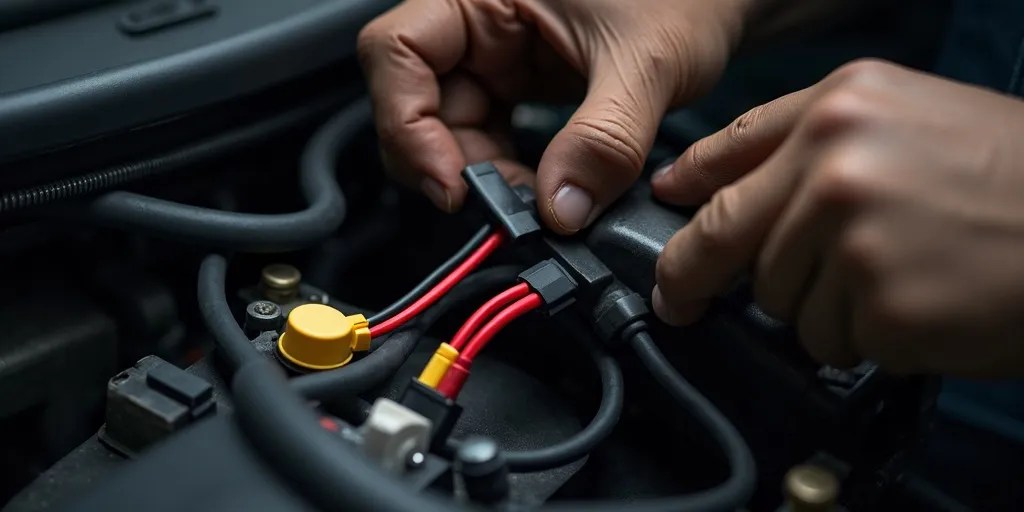-
Shopping Tools
-
Care & Maintenance
-
About
-
Dealer Login

Add a dependable horn in four clean steps: mount the hardware, route a protected harness, connect via reducer/relay, then test for loud, reliable sound.
Installing a horn kit on a golf cart is a practical upgrade for course driving and neighborhood use. The core process is simple—securely mount the horn, run a protected wiring loom, connect power through a properly fused circuit (and a voltage reducer on multi-battery packs), then verify operation with a safe, methodical test. Below you’ll find the tools and materials you need, a clear step-by-step guide, and pro tips to keep the installation tidy, durable, and serviceable.
Horn location: Choose a rigid frame or brush-guard area, forward-facing but tucked away from standing water. Keep the horn opening down or slightly forward to shed moisture and reduce debris ingestion. Use rubber isolators if supplied to limit vibration. Mark and drill pilot holes, deburr, and secure with stainless hardware and threadlocker.
Switch location: Place the push-button on the dash within thumb reach of the steering wheel. Confirm clearances behind the panel, then drill the manufacturer-specified hole. Install the switch and note the terminal markings (NO/COM or + / −).
Why a reducer? Many carts use 36 V or 48 V packs. Tapping two or three batteries for 12 V causes pack imbalance. A 12 V voltage reducer draws evenly from the entire pack, protecting both batteries and accessories.
| Recommended 12 V relay circuit (clean and reliable) |
|
Place the fuse close to the 12 V source (reducer output). Size the fuse to the horn’s current draw (e.g., 10–15 A for typical units). Use 14 AWG for runs under 10 ft; step up a gauge for longer paths or higher-draw air horns. Crimp with the correct die, heat-shrink all joints, and apply a dab of dielectric grease to keep moisture out.
Relays keep higher current away from small dash switches, reducing heat and voltage drop, while a properly sized fuse protects your wiring in the event of a short. Together with a reducer, they form a robust system that won’t stress your battery pack or melt a harness under load.
Mount the horn on a rigid front location, place the push-button within easy reach, route a protected harness, and power the circuit through a fused 12 V reducer feeding a relay. Test with a multimeter before the first honk, then confirm on-road with a quick rattle check. With careful wire management and proper protection, your horn kit will deliver loud, reliable sound—and a clean, professional look that’s easy to service later.
